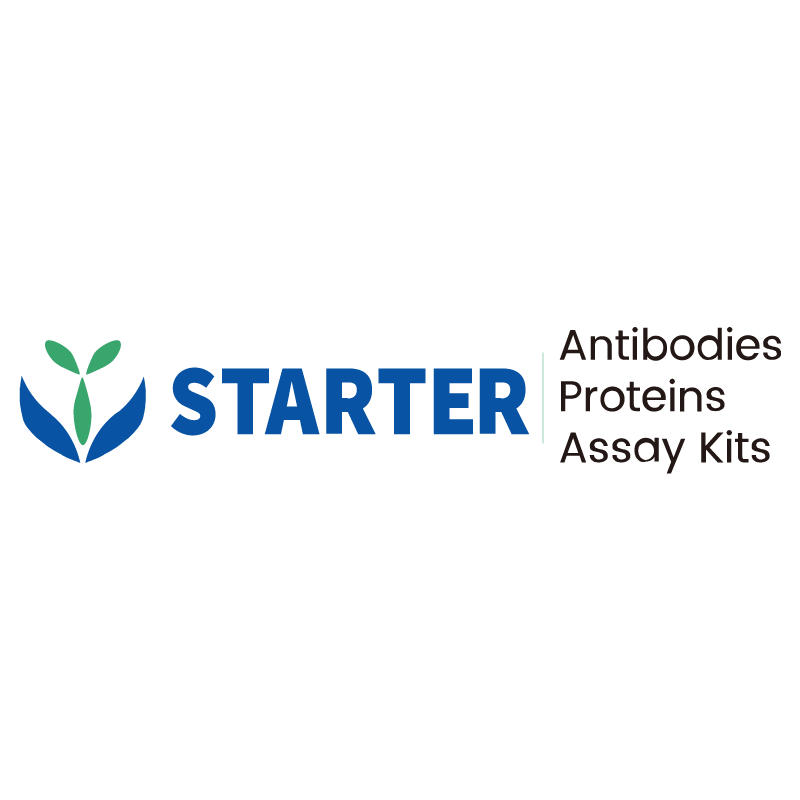2μg(R: reducing conditions)
Product Details
Product Details
Product Specification
| Species | Rat |
| Synonyms | Ig lambda-1 chain C region |
| Accession | P20766 |
| Amino Acid Sequence | Protein sequence (P20766, Gln1-Ser104, with C-His Tag) QPKATPSVTLFPPSSEELKTDKATLVCMVTDFYPGVMTVVWKADGTPITQGVETTQPFKQNNKYMATSYLLLTAKAWETHSNYSCQVTHEENTVEKSLSRAECS |
| Expression System | HEK293 |
| Molecular Weight | Predicted MW: 13.3 kDa Observed MW: 15, 18 kDa |
| Purity | >90% by SDS-PAGE |
| Endotoxin | <1EU/μg |
| Conjugation | Unconjugated |
| Physical Appearance | Lyophilized Powder |
| Storage Buffer | Lyophilized from a 0.2 μm filtered solution of 20mM Tris-HCl, pH8.0 with 3% trehalose. |
| Reconstitution | Reconstitute no more than 1 mg/mL according to the size in deionized water after rapid centrifugation. |
| Stability & Storage | 12 months from date of receipt, -20 to -70 °C as supplied. |
Background
The rat Ig lambda-1 chain C region is a crucial component of immunoglobulin antibodies, specifically those utilizing the lambda light chain. This constant domain defines the isotype and is responsible for the structural stability of the antibody molecule. It facilitates the critical effector functions of the humoral immune response, including complement activation and interaction with Fc receptors on various immune cells. As a fundamental part of the antibody's Fc fragment, it plays a key role in determining the antibody's half-life and its ability to clear pathogens and antigens. Its study is essential in immunology and biomedical research involving rat models.
Picture
Picture
SDS-PAGE


